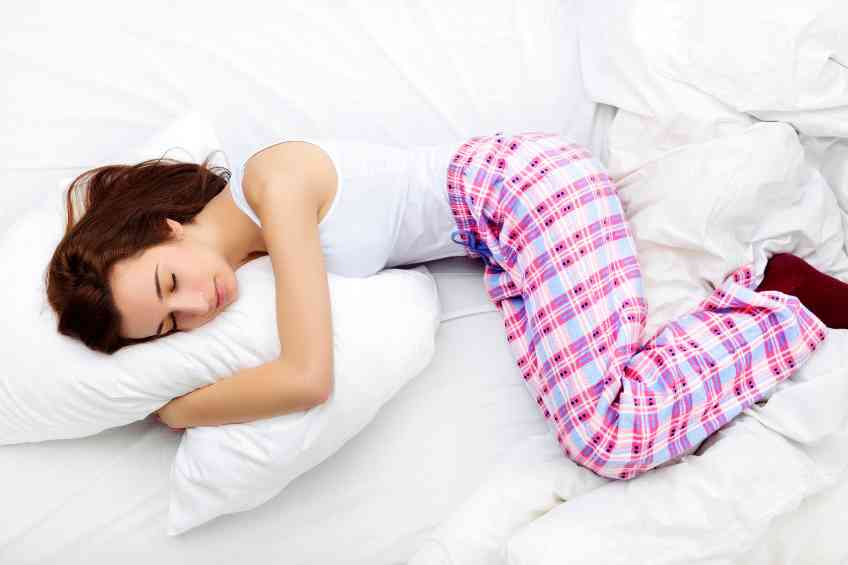By John Hand –
After a long day—or any day—falling into bed and going to sleep should be second nature. But it’s not, at least the sleeping part isn’t. In fact, there is a big difference between a good night’s sleep and a bad night’s sleep, as the tens of millions of Americans who suffer from poor sleep hygiene can attest. There are, of course, lots of factors that contribute to good sleep. Yet one of the most overlooked and underappreciated is a person’s sleeping posture.
Ultimately, proper positioning is important for everyone and what’s right can vary from person to person. But finding the best way to sleep and the right body arrangement is especially critical for older individuals. “As you get older and have more medical issues, sleep position can become positive or negative,” explained Dr. Rachel Salas, an associate professor of neurology at John Hopkins Medicine.
The wrong position can acerbate existing conditions such as back and neck pain, snoring, sleep apnea, reflux and heartburn. It can also help create problems that might not have existed at all.
Side sleeping is the most popular position, which is good because it also brings a number of benefits, according to the website NewsMedical. In fact, approximately 54% of adults sleep on their side. It is also apparently more popular with men than women. Side sleepers have the benefit of keeping the spine aligned and neutral. They also enjoy a lower risk of developing sleep apnea because airways are not collapsed.
The position is also recommended for pregnant women. However, side sleeping is not good for those suffering from back or shoulder stiffness or pain.
A cousin of side sleeping is the fetal position, which involves sleeping on the side with legs curled as opposed to out straight. The fetal position helps reduce lower back pain. It is also good for pregnant women because it reduces heartburn and snoring, which maximizes the quality of sleep.
The drawback to sleeping in a tight ball is that it can make individuals feel sore in the morning. One way to offset this is to put a pillow in between the knees, which will loosen up the posture.
Whether in a fetal position or straight out, side sleepers should look to lay on the left versus their right side, according to the Sleep Foundation. This reduces pressure on internal organs and also lessens heartburn symptoms.
Sleeping straight on the back is the easiest way to keep the spine aligned because the body’s weight is evenly distributed. This also helps relieve neck or back pain, reduce allergies and lessen stuffy nose symptoms.
The winner for the worst position is sleeping face down on the stomach. Admittedly, there are benefits to the position as it can reduce snoring and sleep apnea. But aside from that, stomach sleepers are likely to deal with muscle and joint pain specifically in the neck and back areas. Placing a pillow under the stomach can reduce some of the pain.
Unfortunately, those chronically embracing a less-than-healthy sleeping position face a challenge. Changing an alignment is challenging. When a body hits a bed and it naturally succumbs to its accustomed position, switching up requires effort and patience—and maybe some record keeping. Maintaining a sleep journal is one way to track the positions used and the quality of the rest, which may ultimately encourage poor sleepers to change. Switching out mattresses is another way to get realigned, according to WebMD.com. A firm mattress, for example, helps stretch the spine, keeping it aligned. Softer mattresses may ease other necessary adjustments.













